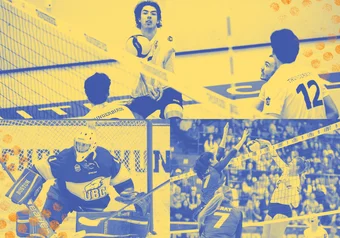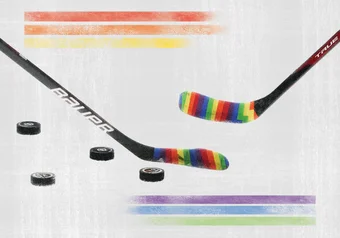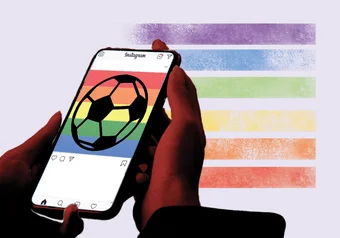Pursuing professional sports and earning a degree are often at odds with each other — both demand incredible amounts of time, dedication and energy. While reaching the world’s top league is a dream for many players, the odds are slim, which leaves most looking for an alternative path. One of Canada’s premier major junior ice hockey leagues is looking to prepare its players for futures beyond the rink.
In 1993, the Western Hockey League (WHL) established a scholarship program which grants players one year of post-secondary fees (tuition, compulsory fees and required books) for every season played in the WHL. According to WHL Chief Operating Officer Greg Gardner, it was intended as a move to compete with the NCAA’s scholarship model in the US, and the scholarship ensures players of Canadian teams see success on and off the ice.
“We are a stepping stone to the NHL, but I think we're probably more proud of those players that go on and access those scholarships and really have success in life,” said Gardner.
As of the 2023/24 season, approximately 8,000 scholarships have been provided, amounting to over $35 million. This season, 364 players have accessed the scholarship.
Two such players are UBC men’s hockey stars Samuel Huo and Ty Thorpe. Huo, a second-year forward, played in the WHL from 2017–22 and has had a pivotal role in the T-Birds’ playoff run this season. Meanwhile, first-year forward and former Vancouver Giants captain Thorpe has already made a splash with 20 points over 28 regular season games.
“I think it's a good bridge between junior and pro,” said Thorpe. “It's a great opportunity for players coming out of the WHL to be able to take another step forward in their hockey career … there's no stress about what you're doing afterwards because you have that security of having a degree.”
For Gardner, the scholarship program’s flexibility is one of its biggest benefits. WHL alums don’t have to continue playing hockey in university to receive the scholarship. This allows players to truly carve out the future they want without financial worry.
Some players choose to pursue their degree while developing their game at the collegiate level, moving on to professional leagues following graduation, while others choose to step away from hockey and pursue another career following graduation.
“Guys on our team are doing internships in the summer, exploring different career opportunities,” said Huo on how he’s seen his teammates benefit.
“It’s thanks to the WHL scholarship — being able to utilize it and go to school and then pursue a career they want outside of hockey.”
Gardner, a WHL alum and former scholarship recipient himself, has noticed a growing need and interest in the program.
"Looking as early as the 2000s, around 15 per cent of players were accessing the scholarships once they graduate from [the] Western Hockey League," he said. "Today we're closer to 70 per cent."
“I think the most rewarding thing that we see is we’re really setting these players up for success in life, not just only in hockey,” said Gardner.
While hockey may not last forever, players in the WHL can rest assured knowing that the game they love will support them no matter what their future holds.
“Life goes by quickly, and hockey inevitably ends,” said Thorpe — a sentiment shared by all three men.
Share this article
First online





